I ditched my mouse for an ergonomic vertical one for a week — here's how it went
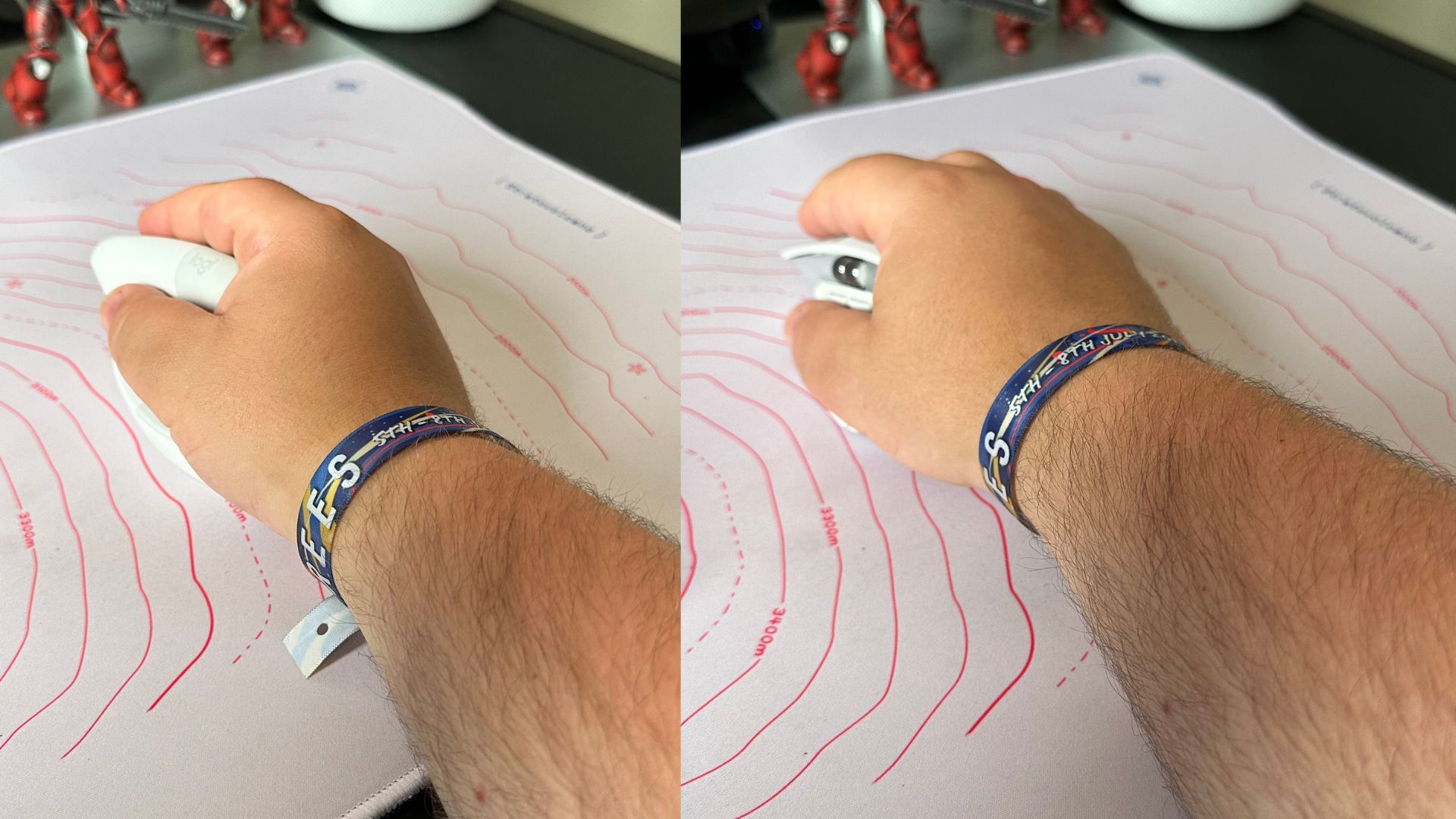
Have you ever wandered through a tech store, taken a look at the mice and keyboards, and spotted one of those mad-shaped devices that looks less like an input device, and more like a piece of modern sculpture by some bonkers artist from the Netherlands? Those are ergonomic accessories, and they’re designed to be better for you when you use them daily for work.
Now, I’ve never had any kind of problems with my wrists and arms when I’m typing and… mousing(?) at my best Mac for hours on end, so I’ve never really thought all that much about finding something that might be better for me. When I heard other people raving about how much they helped, however, I viewed them as almost a preventative measure – something that would help me avoid all the issues I’d heard about before they became a big issue for me.
So I got one. I got an ergonomic mouse, gave up the creature comforts of my favorite mouse, and tried it out for a week.
The Science
We’ve all likely heard about the way that your desk, chair, and monitor needs to be set up – you know, no stretching to reach your mouse and keyboard, a 90-degree angle between your upper and lower arm, monitor at eye height, etc. This is all to make sure that you’re not just comfortable, but also to make sure that your body is properly situated and no nerves are being trapped by bad posture; it’s important to get it right, especially if you’re sitting at your desk for long periods of time.
The way that you traditionally hold your mouse and use your keyboard is inherently in-organic and unnatural
The same idea applies to your arms, wrists, and hands. See, the way that you traditionally hold your mouse and use your keyboards is inherently in-organic and unnatural – your wrist didn’t develop for millions of years only to be constantly twisted 90 degrees, or move around side to side all the time.
There are several things that ergonomic accessories need to do in order for them to help your arm and wrist function properly, and there are some snazzy scientific names for them. If you want to learn more about them, there’s a fascinating paper from 2018 by Ahmed Radwan published in Cogent Engineering, that also goes on to test the results of different subjects using ergonomic mice. I’ll try to describe them as simply as possible, just to give us an idea of what they all mean.
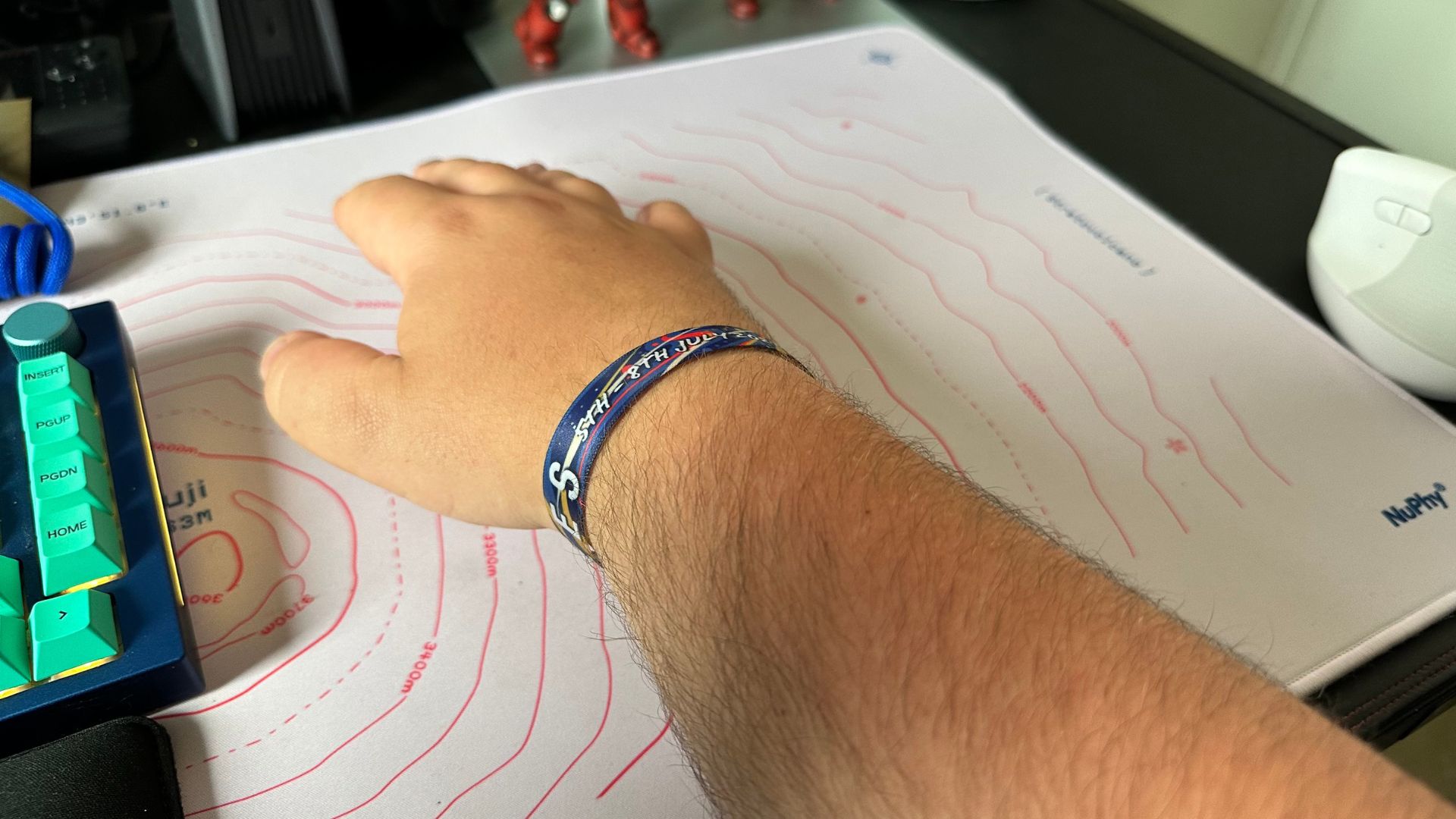
The first thing that you want to avoid is the pronation of the forearm. This, in less sciencey language, is the twisting of the arm that you have to do in order to use a standard mouse and keyboard. So that you can get your hand at the right angle to use them, you twist your arm, in turn twisting the two bones in the forearm, the radius, and the ulna. This is not how your arm is supposed to sit naturally – give it a go! Place your fingers around your forearm, and twist your wrist – you can feel the two bones inside move around, and twist. Keeping these two bones pronated, or twisted, is not good for the muscles and nerves in your arm, and can lead to strains, injury, and RSI.
iMore offers spot-on advice and guidance from our team of experts, with decades of Apple device experience to lean on. Learn more with iMore!
Similarly, you need to look after your wrists – and again, your normal mouse position isn’t very good for you. There are two parts to the movement of your wrists, and moving them puts a lot of strain on the bones and muscles in your arm and hands. The first type of movement is adduction and abduction, or the movement from side to side. You do this all the time with your mouse repeated strain and can lead to, again, RSI. Also risking RSI is extension and flexion, the movement of the wrist up and down. When you’re using a standard mouse, your wrist is constantly extended, or facing upwards.
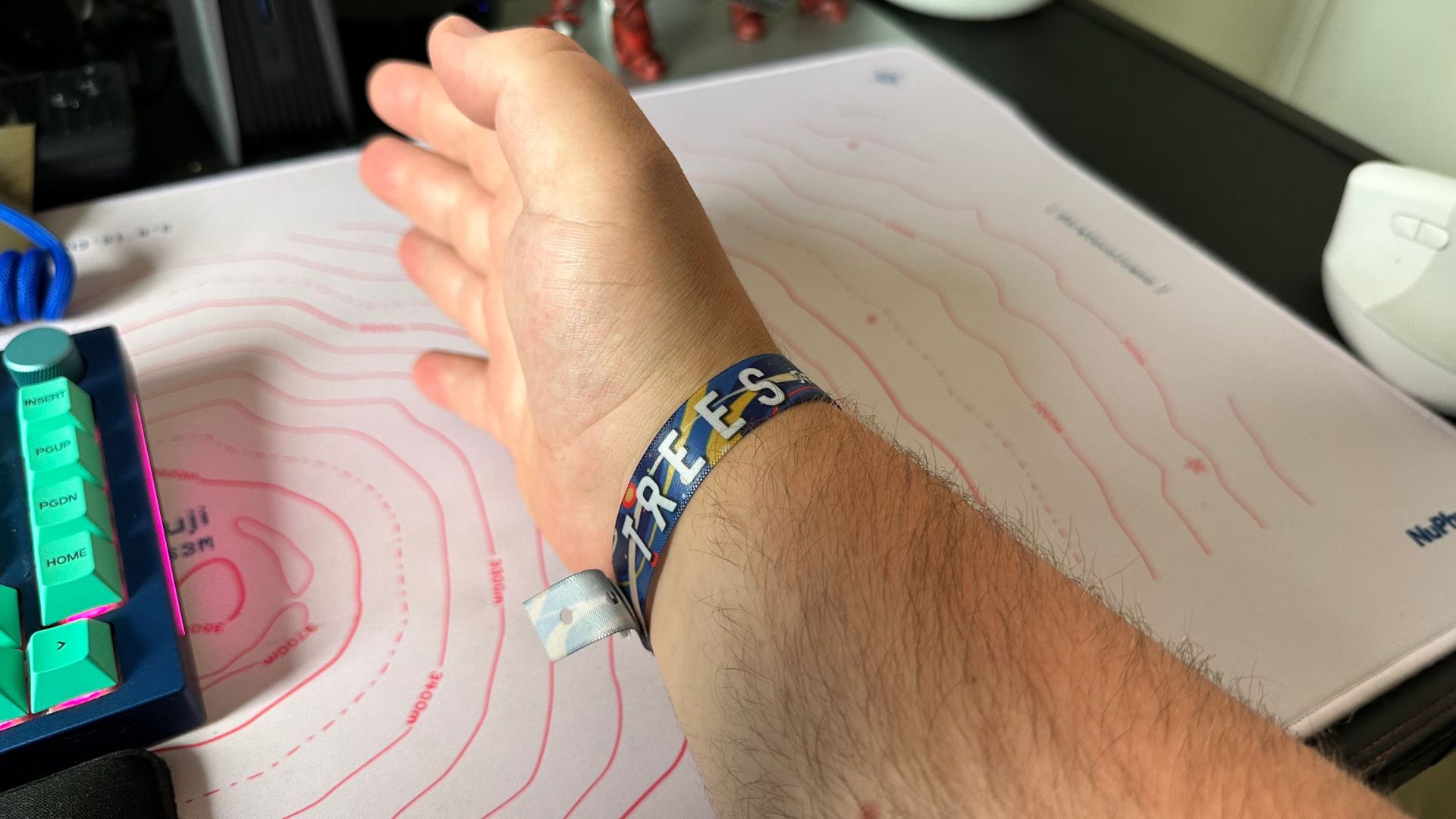
There’s more to it in different parts of the arm, but these are the primary things that ergonomic accessories are looking at solving. In terms of a mouse, a vertical mouse does it by limiting the pronation of the arm, making sure it is kept in a natural position. It also limits wrist movement, making sure that the nerves and muscles aren’t being strained. So that’s the science – but how does it feel, and does it work?
My experience
Like I said before, I’ve never had any kind of issues with my arms, or with my wrists. I can sit at a desk all day long and not have any kind of pain or discomfort with my arms – although I am worried that one day I might. After all, when typing is literally what puts the Burger King on my table, I want to look after the things that help me do it as much as I can. So I decided to start with a mouse and see how I go.
This is the mouse in question – the Logitech Lift for Mac. It’s a lovely thing, with curved, sculpted edges all over the place, stealthy silent clicks, and a very cool scroll wheel that’s got more get-up-and-go than other wheels on the market. Crucially, however, it’s a vertical mouse that avoids forearm pronation and wrist extension, adduction, and abduction.
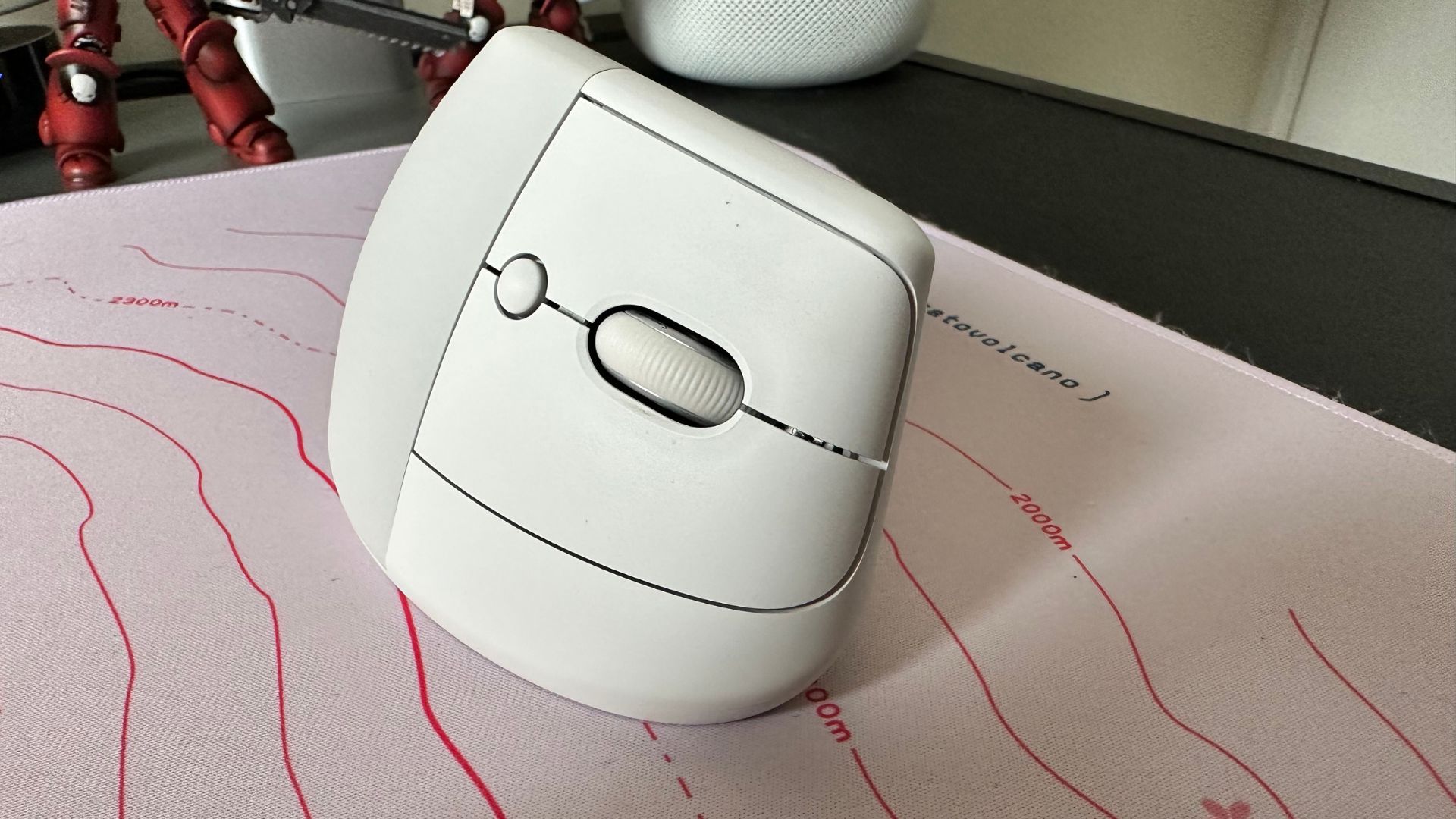
Gripping the mouse initially feels very, very weird. You wrap your hand around it as if you were giving it a handshake, your fingers landing perfectly on the mouse buttons on the side. Moving the mouse is not done like you might a normal mouse – you pan around now almost entirely with your arm, using more of your shoulder to move the pointer around the screen. Coming from a mouse that gives you more freedom, it does feel strange to be suddenly restricted in your mouse movement.
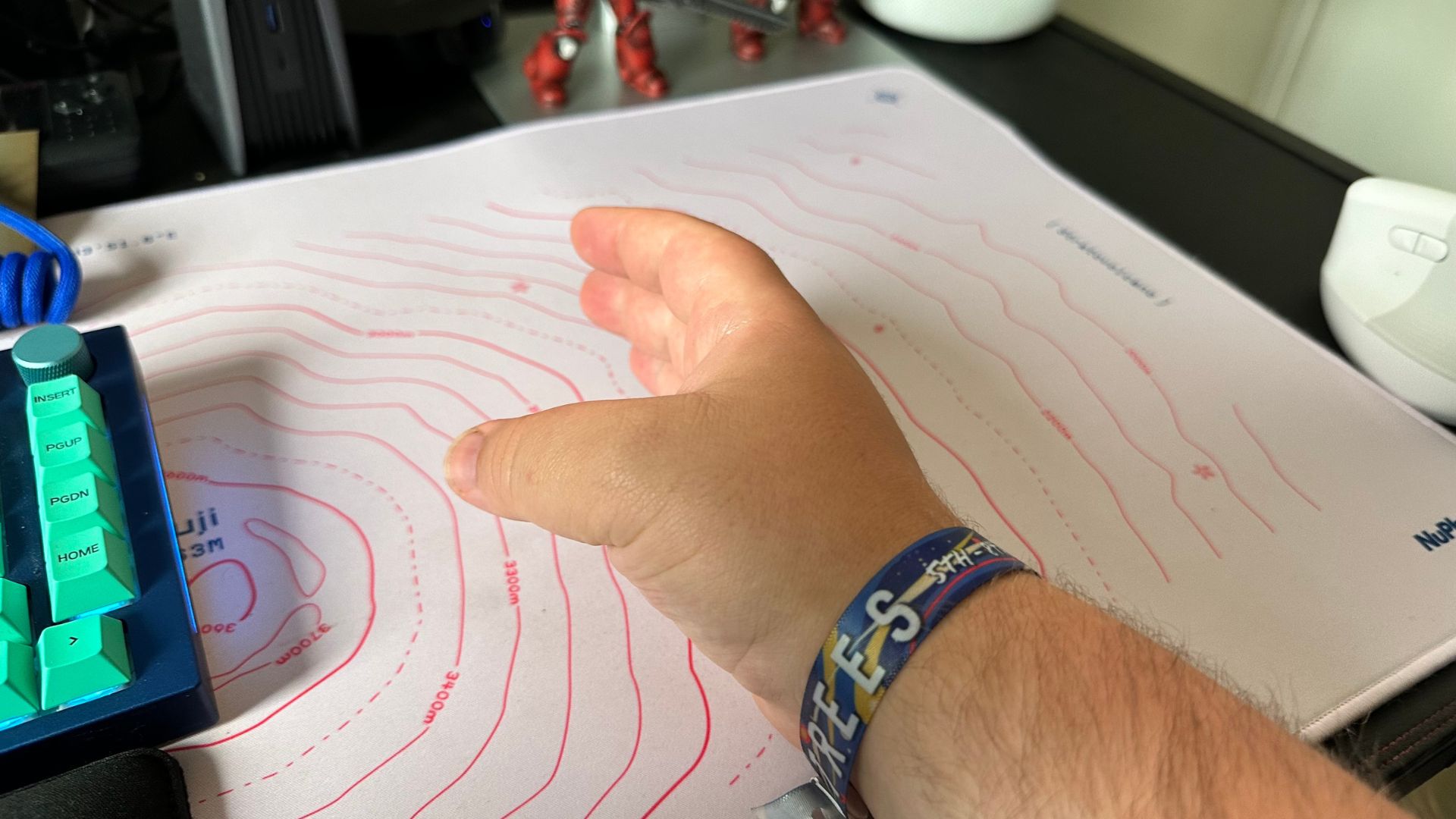
The first day was the strangest. My hand felt strange, as I let my arm rest at a more natural angle, and my fingers extended differently to reach all the buttons. There were an uncomfortable number of missed clicks the first time I started to use the mouse, sometimes ending in me clicking something I didn’t want to – to anyone who got a weird reaction in Slack, I apologize. I meant to send the smiley face, not a scorpion. It was not me, it was my mouse.
Come the second day, I was more in tune with the mouse.
Come the second day, I was more in tune with the mouse. Fewer missed clicks, fewer accidental scorpions, and less of that weird feeling in my hand and arm – I was getting used to the mouse, and the vertical shape, but I wasn’t getting comfortable with it. It just didn’t feel right, like I could keep using it for an extended period of time.
That was the prevailing feeling throughout my use of the mouse – It was good, I could see why people liked it and would want a vertical mouse, but I just wasn't feeling confident while using it. I knew, in my head that it was doing good for my arm posture and would be doing wonders for my future ulnar health, but I just couldn’t get used to it. So I stopped – I went back to my old mouse and my old ways.
Why I stopped

I am not proud of it – like starting a healthy diet only to quickly relapse into enjoying too many chocolate bars and bags of cheesy chips after the pub, I devolved back from a new healthy habit into one that might come to bite me in the bottom later. Now, the mouse I use isn’t a traditionally ‘bad’ mouse for your arm – a lot of ergonomic thought has gone into the Master 3S for Mac, but it is nowhere near as good as the Lift for your wrist.
It wasn’t the extra features of the Master that brought me back (although I admit the infinity scroll wheel continues to please my busy, busy brain), but it was just the way that the vertical option felt in my hand. I’m used to more freedom with my clicking and panning, and the Lift took it all away from me. If I had wrist and arm problems already, I might be willing to get used to it – but given I have no such problems at the moment, I instead choose to stick with my unhealthy mouse habits.
So now I understand why someone might want to use an ergonomic mouse. I’ve experienced it myself, researched some of the science, and given it a proper shot. But I am a creature of habit, a problem child with a propensity to things that are not good for me – and seemingly, that extends to my computer mouse. Who would have guessed?

As iMore's Senior Staff writer, Tammy uses her background in audio and Masters in screenwriting to pen engaging product reviews and informative buying guides. The resident audiophile (or audio weirdo), she's got an eye for detail and a love of top-quality sound. Apple is her bread and butter, with attention on HomeKit and Apple iPhone and Mac hardware. You won't find her far away from a keyboard even outside of working at iMore – in her spare time, she spends her free time writing feature-length and TV screenplays. Also known to enjoy driving digital cars around virtual circuits, to varying degrees of success. Just don't ask her about AirPods Max - you probably won't like her answer.
